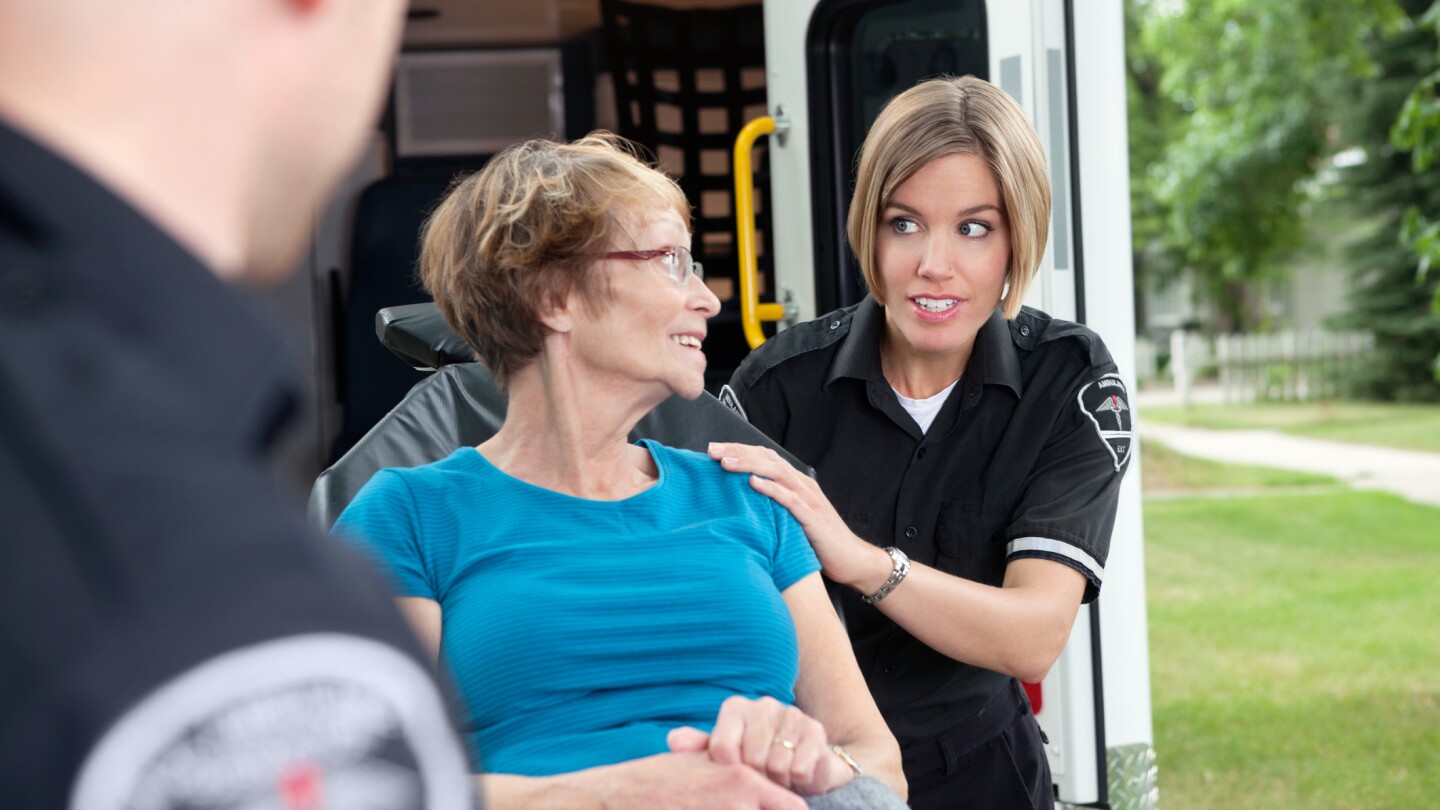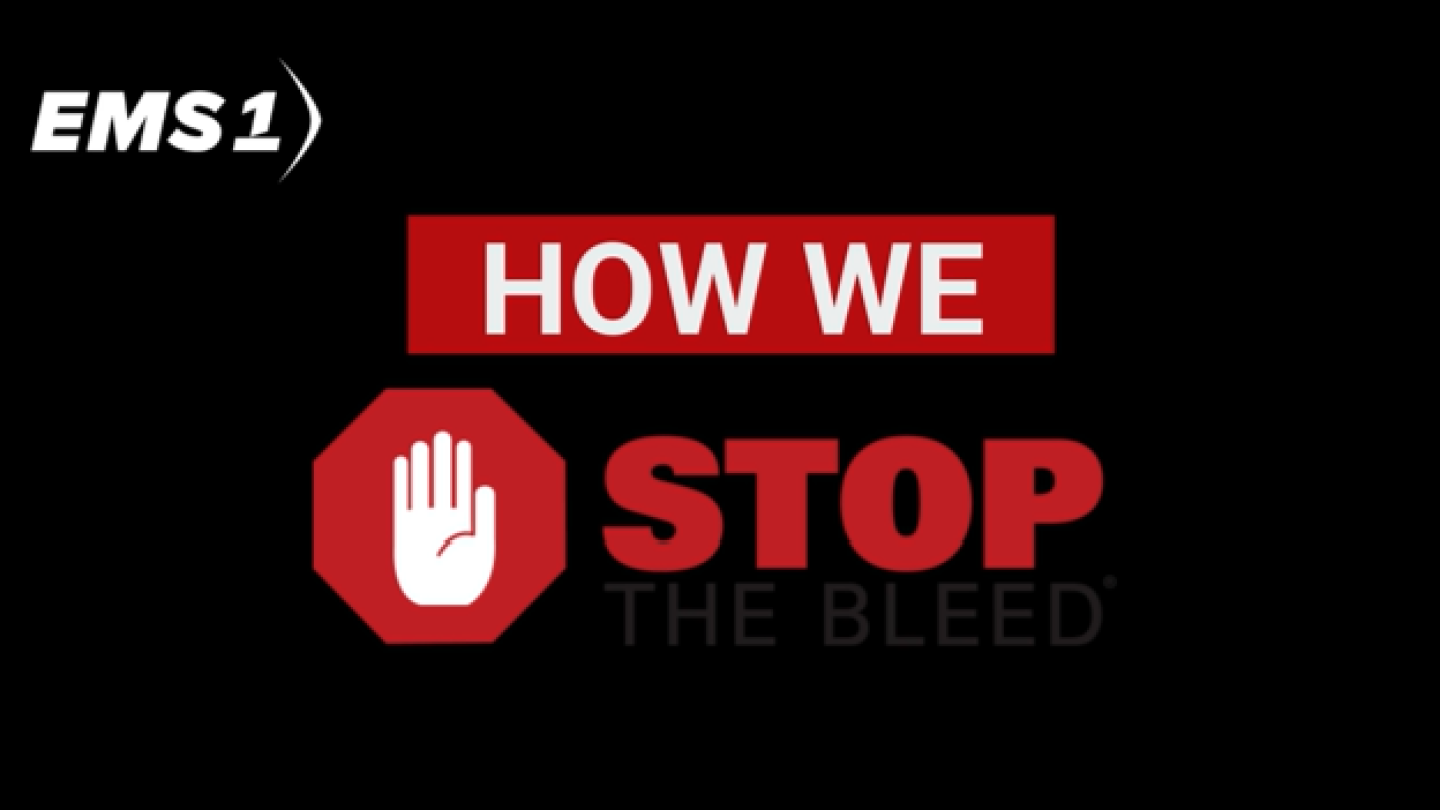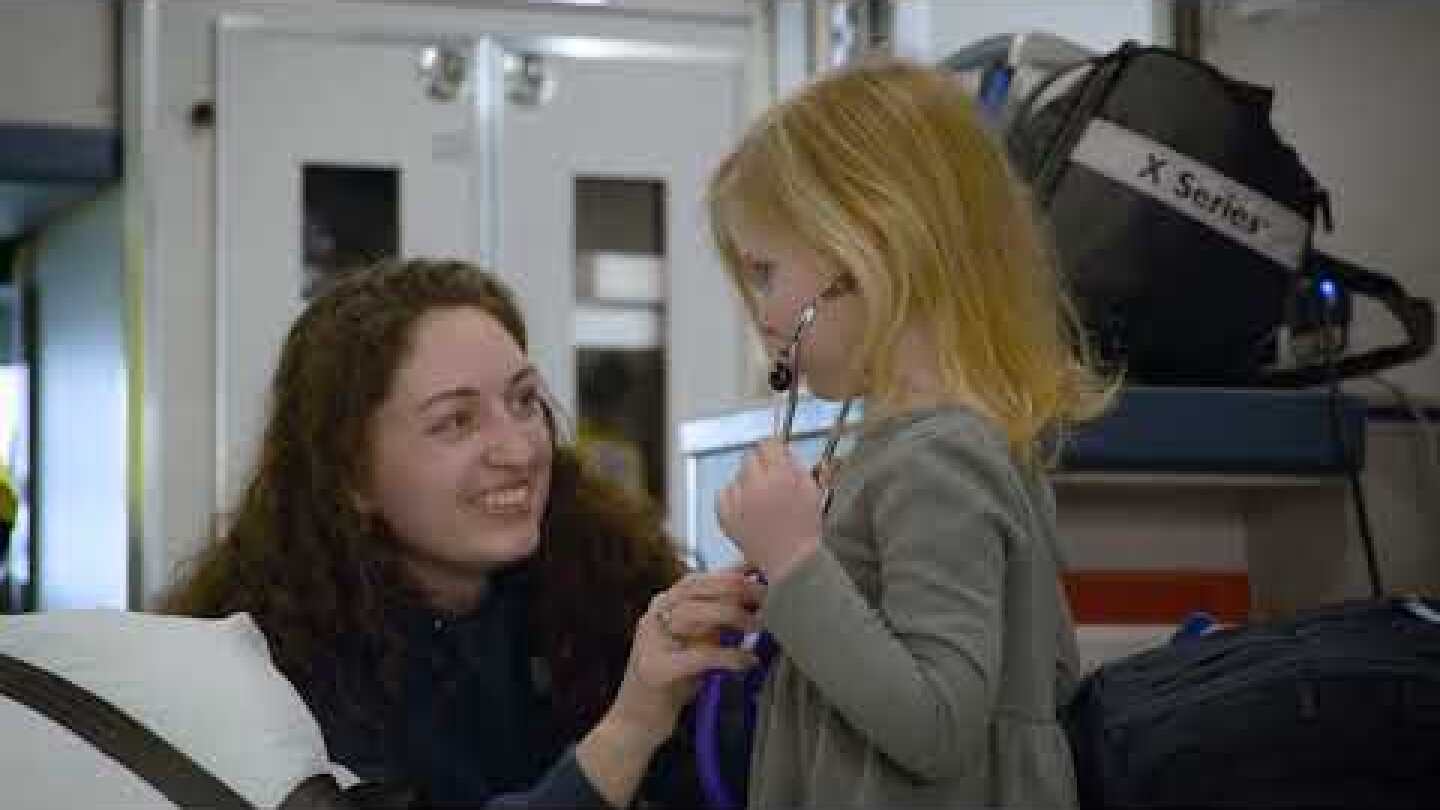EMS Training and Education
Your go-to resource for evidence-based EMS training, continuing education, instructor development and industry innovation. Find expert articles, videos, product reviews and specialized resources to support EMTs, paramedics, medical directors and educators. Stay current on instructor best practices, CEU requirements, virtual training trends, simulation strategies and educational policy affecting prehospital care.
EMS Training and Education Resources
Practical, authentic ways to show gratitude and strengthen community ties with the people who respond first when it matters most
5 tips to quickly find a patient’s radial pulse for vital sign assessment
Educating patients at the highest risk for suffering a fatal overdose
How the pediatric critical‑care paramedic turns short‑form content into clinical clarity
Try these tips to make seat belt use in the patient care compartment just as normal as your personal vehicle
Crush syndrome can be expected following any event where patients are trapped for a length of time
In a first-of-its-kind partnership, Navy corpsmen at NMRTC Twentynine Palms are riding along with Morongo Basin Ambulance paramedics
Learn why outcome-based leadership is crucial for making meaningful changes in your agency and community
Every time we take our hands off the chest, perfusion pressure — and the chances of ROSC — drops
Twenty EMS professionals have received Fitch EMS Foundation scholarships, selected from a record 313 applications
It’s easy for fire and EMS departments to poorly serve this growing demographic, but training can improve that
As more EMS agencies explore whole blood transfusions, Chris and Kelly ask: is this the new gold standard or just a logistical headache?
EMS agencies can tap into $5 billion in SS4A grant funds to improve post-crash care, reduce response times and prevent avoidable traffic fatalities
With a near 100% success rate, Buchanan County’s growing paramedic program is training locals from scratch to meet the region’s staffing needs
Stretcher fall underscores the importance of foundational skills after alleged mishap in New Jersey
Patient Simulation & Education*
New high-fidelity simulators at Touro’s clinical training center offer students hands-on experience with critical pediatric procedures

EMS lift assists on the rise
What you need to know about lift assist devices, risks, patient assessment and fall prevention
A UT Southwestern study of 500K cardiac arrest cases finds survival has not returned to pre-pandemic levels, especially in Black and Hispanic communities
Learn the facts about dry drowning, the symptoms, and how to keep your child safe
Steve Whitehead breaks down the critical difference between low blood pressure and inadequate blood flow
Hear from EMS systems and leaders turning the promise of whole blood into a proven practice for trauma patients
A UCSF-led study using ESO data found EMS providers often failed to recognize status epilepticus during prehospital care, leading to treatment delays and reduced benzodiazepine dosing
Southern Illinois Airport hosted a hands-on training led by trauma experts and first responders, highlighting how bystanders can save lives
A go-to test for consciousness or a risky habit? The truth about the sternum rub revealed
Learn how to detect pulmonary embolism through clinical symptoms and capnography, ensuring prompt and effective response
Enhance your IV insertion skills with these expert tips, ensuring efficient and effective patient care in emergency situations
A comprehensive guide to evaluating abdominal pain through targeted assessment questions and clinical examination techniques
Challenge EMS providers’ critical thinking and appropriate skill deployment with these 3 penetrating trauma scenarios, ranging from moderate hemorrhage to exsanguination
Bleeding control saves lives — here’s how Stop the Bleed training fits into your emergency response protocol
Inspiring ways to recognize providers’ contributions, educate the community and recruit the next generation
The International Association of EMS Chiefs calls for national recognition of EMS professionals’ life-saving work and leadership in public safety
The federal EMSC Program continues its mission to enhance emergency services for children nationwide through training, support and recognition
This year’s EMS Week theme is “We care. For everyone.” How is your agency honoring your service?
Careerline Tech Center EMS students put their training to the test during rescue simulations that double as real-world prep and a potential path to employment
A must-listen for any medic who’s ever said, “That guy doesn’t know what he’s talking about”
Van Buren Tech students responded to “Mayhem Market” where a small crop duster crashed into a busy flea market





































